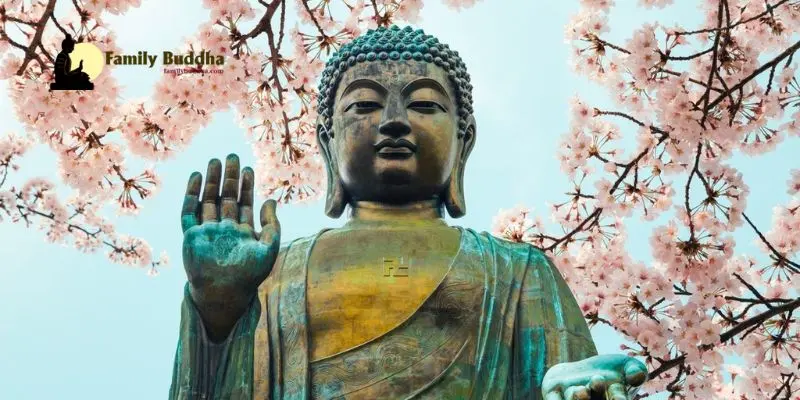Have you ever felt lost, like a boat adrift in a vast ocean? Like a single kite dancing erratically in a whirlwind? “Đi tìm chim trong rừng, bắt cá dưới sông” perfectly captures this feeling of aimless searching many of us experience in life. Buddhism, much like a skilled navigator, offers a map, a compass, and a guiding star – the Threefold Path – to help us navigate the tumultuous waters of existence and reach the shores of enlightenment.
Unraveling the Threefold Path
The Three Strands of Wisdom
The Threefold Path, often described as the path to liberation from suffering, is the very essence of Buddhist practice. It isn’t a rigid set of rules, but rather a framework for cultivating a life of wisdom, ethical conduct, and mental discipline. Think of it as a beautifully woven rope, each strand representing a vital aspect of the path:
- Sila (Morality): This forms the bedrock of the path, emphasizing ethical conduct through right speech, right action, and right livelihood. Essentially, it’s about living with integrity, compassion, and harmlessness, just as the Vietnamese proverb reminds us, “Lời nói chẳng mất tiền mua, lựa lời mà nói cho vừa lòng nhau” (Words cost nothing, choose your words to please others).
- Samadhi (Meditation): This strand represents the training of the mind through mindfulness and concentration. Through meditation, we learn to calm the storms of our thoughts and emotions, gaining clarity and insight into the true nature of ourselves and the world around us.
- Prajna (Wisdom): This is the illuminating wisdom that arises from cultivating morality and mental discipline. It’s about seeing the world clearly, free from delusion and ignorance, understanding the Four Noble Truths, and ultimately, realizing enlightenment.









